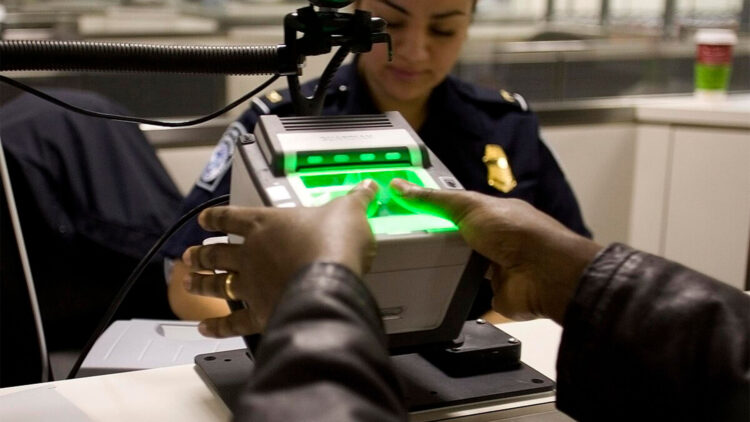Beginning on December 26, 2023, the United States will implement a new regulation mandating full biometric screening for all foreign visitors. This significant change, announced by the Department of Homeland Security (DHS), includes the collection of fingerprints, photographs, and facial scans for every non-U.S. citizen upon both entry and exit from the country.
The new policy aims to enhance national security by establishing an integrated biometric entry and exit system. By comparing biometric data collected during arrival with that obtained during departure, the DHS intends to address various security concerns, including visa overstays and identity fraud. The official rule emphasizes that this system will “help address national security concerns,” thereby reinforcing the government’s commitment to border security.
All foreign visitors, regardless of age or visa status, will be subjected to this comprehensive screening. This includes tourists, temporary workers, and individuals holding various types of visas. The procedure marks a pivotal shift in border control practices in both the United States and Mexico, as it introduces biometric checks for departing travelers, which have primarily focused on arrivals until now.
Implementation Details and Security Goals
As part of the new process, facial recognition cameras will automatically capture images of foreign visitors as they navigate through airports, seaports, and land borders. Depending on the situation, border officials may also collect additional biometric identifiers, such as fingerprints. This enhanced scrutiny is designed to:
– Confirm a traveler’s identity.
– Verify that individuals depart within the timeframe specified by their visa.
– Identify fraudulent documents and instances of identity theft.
According to the DHS, previous trials of facial recognition technology at international airports have already screened over 300 million travelers. These tests have resulted in the identification of numerous individuals using fraudulent identification or those with irregular immigration status.
While proponents argue that this system mirrors successful biometric procedures in parts of Europe, Asia, and Latin America, it has raised considerable privacy concerns. Critics highlight the potential risks associated with the collection and storage of vast amounts of biometric data, emphasizing the need for stringent legal oversight.
Privacy Concerns and the New Surveillance Paradigm
Kate Lincoln-Goldfinch, an immigration attorney and civil rights advocate based in Austin, Texas, remarks that this regulation marks a “fundamental change in border policy and biometric surveillance.” She stresses the importance of transparency regarding data usage, including how long personal information will be retained and the processes for correcting errors in case of misidentification.
Opponents of the policy express alarm regarding the potential for misuse of large databases of biometric data and the possibility of increased inaccuracies in facial recognition technology, particularly among specific ethnic groups. Conversely, supporters argue that the benefits of enhanced identification accuracy and streamlined airport processes outweigh these concerns.
The ongoing debate underscores a broader conflict between national security interests and individual privacy rights. As the U.S. moves forward with implementing this comprehensive biometric screening system, the balance between ensuring public safety and protecting civil liberties will remain a critical issue affecting millions of travelers in the years to come.
